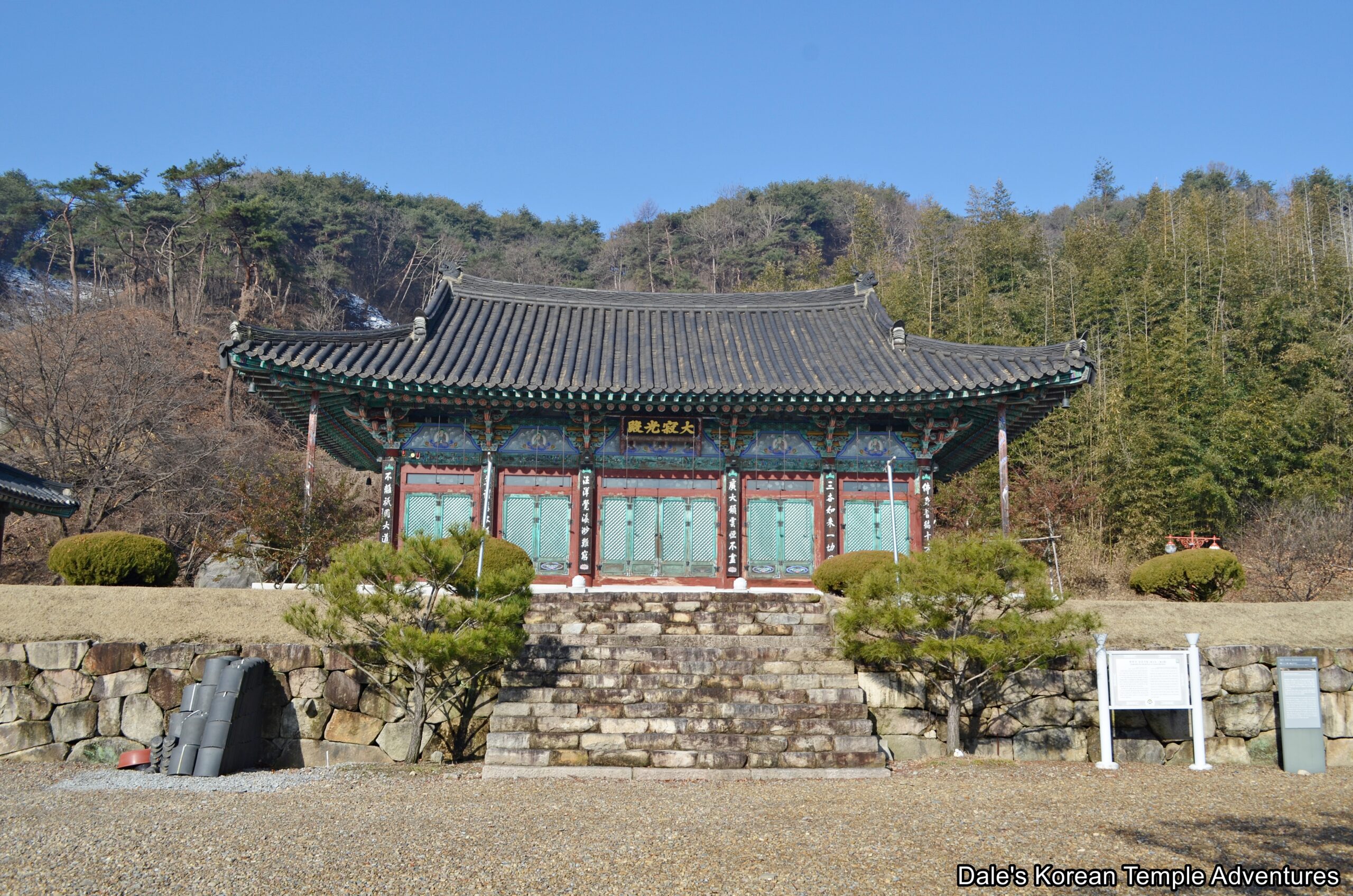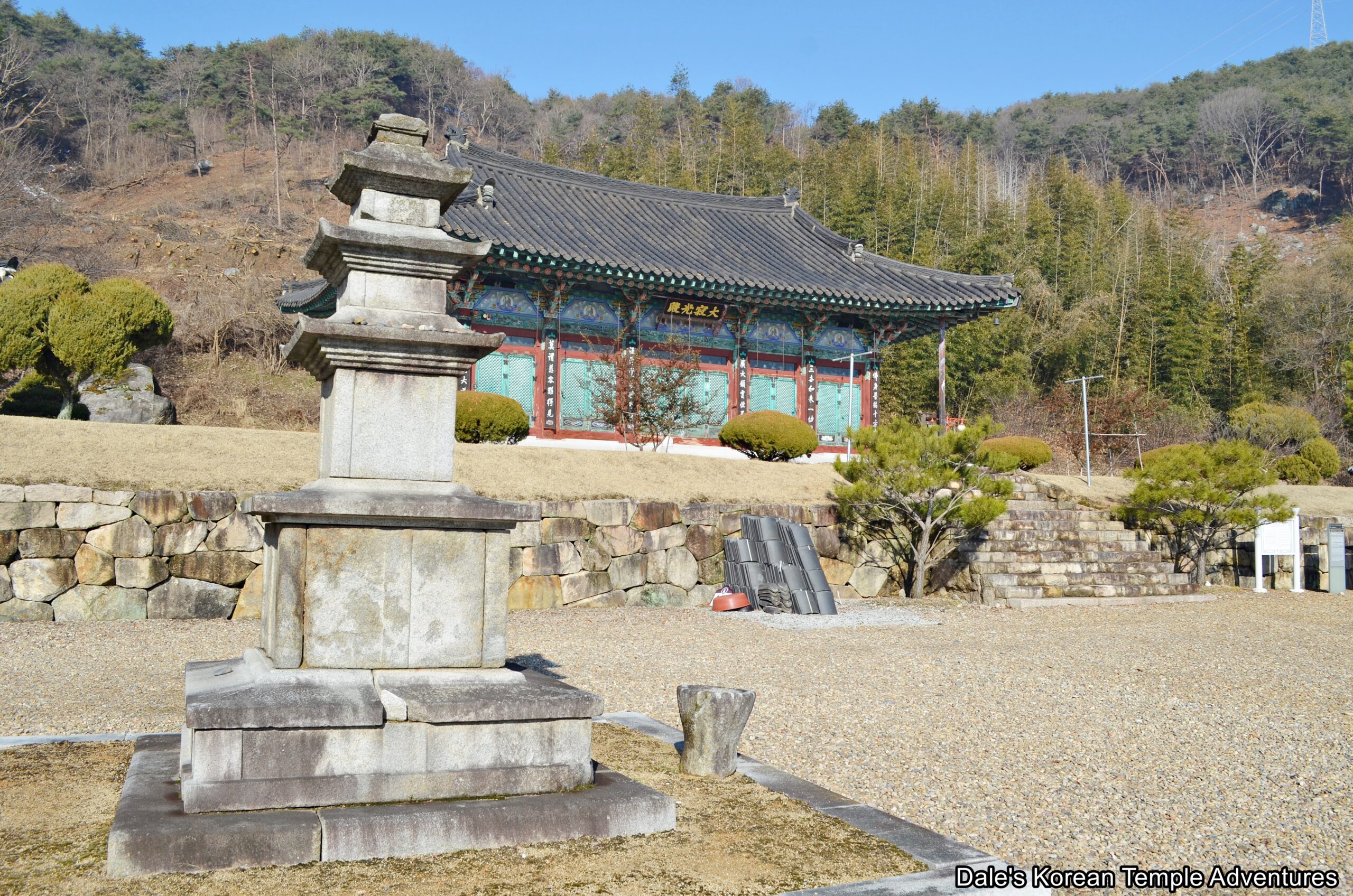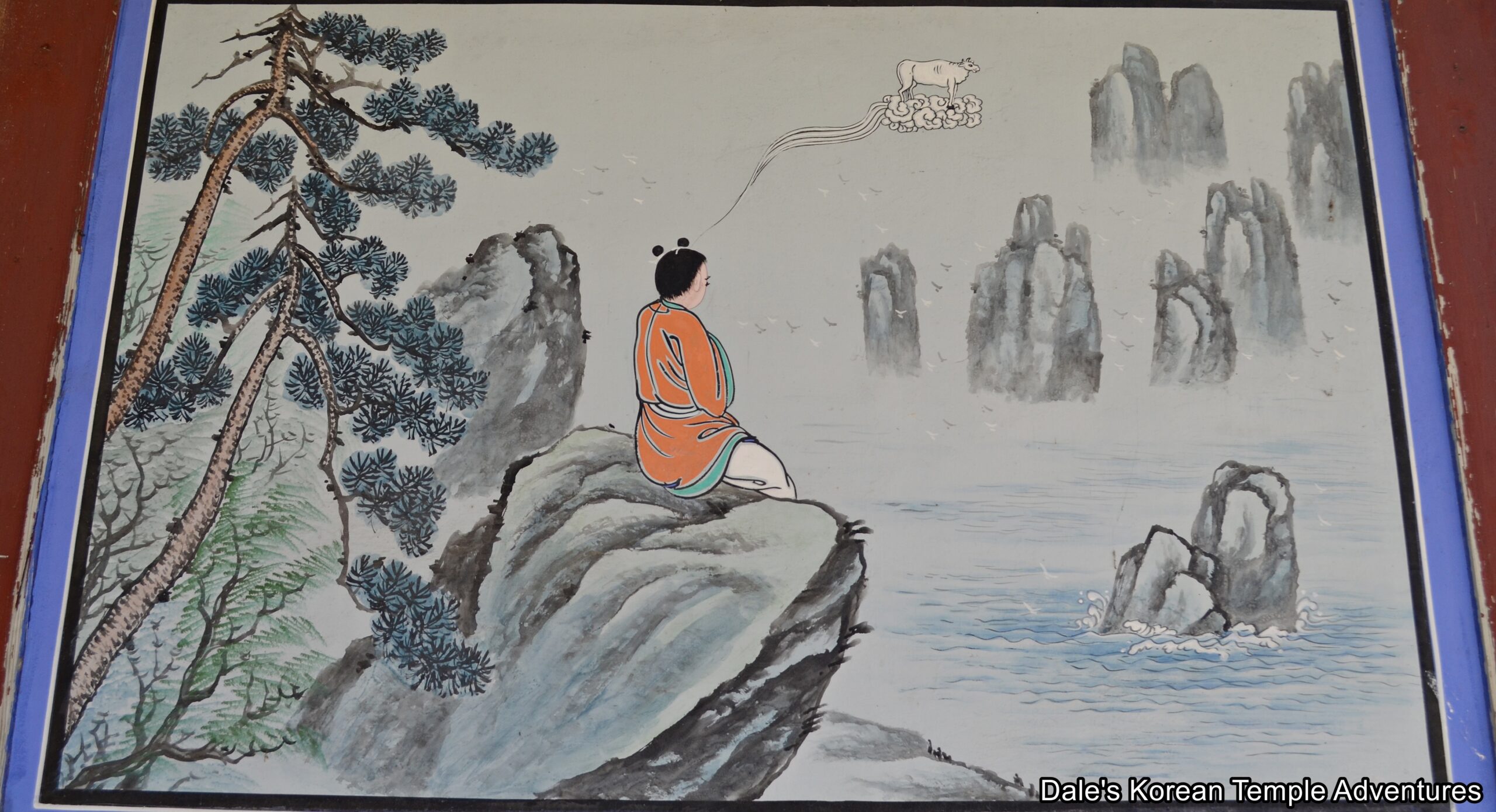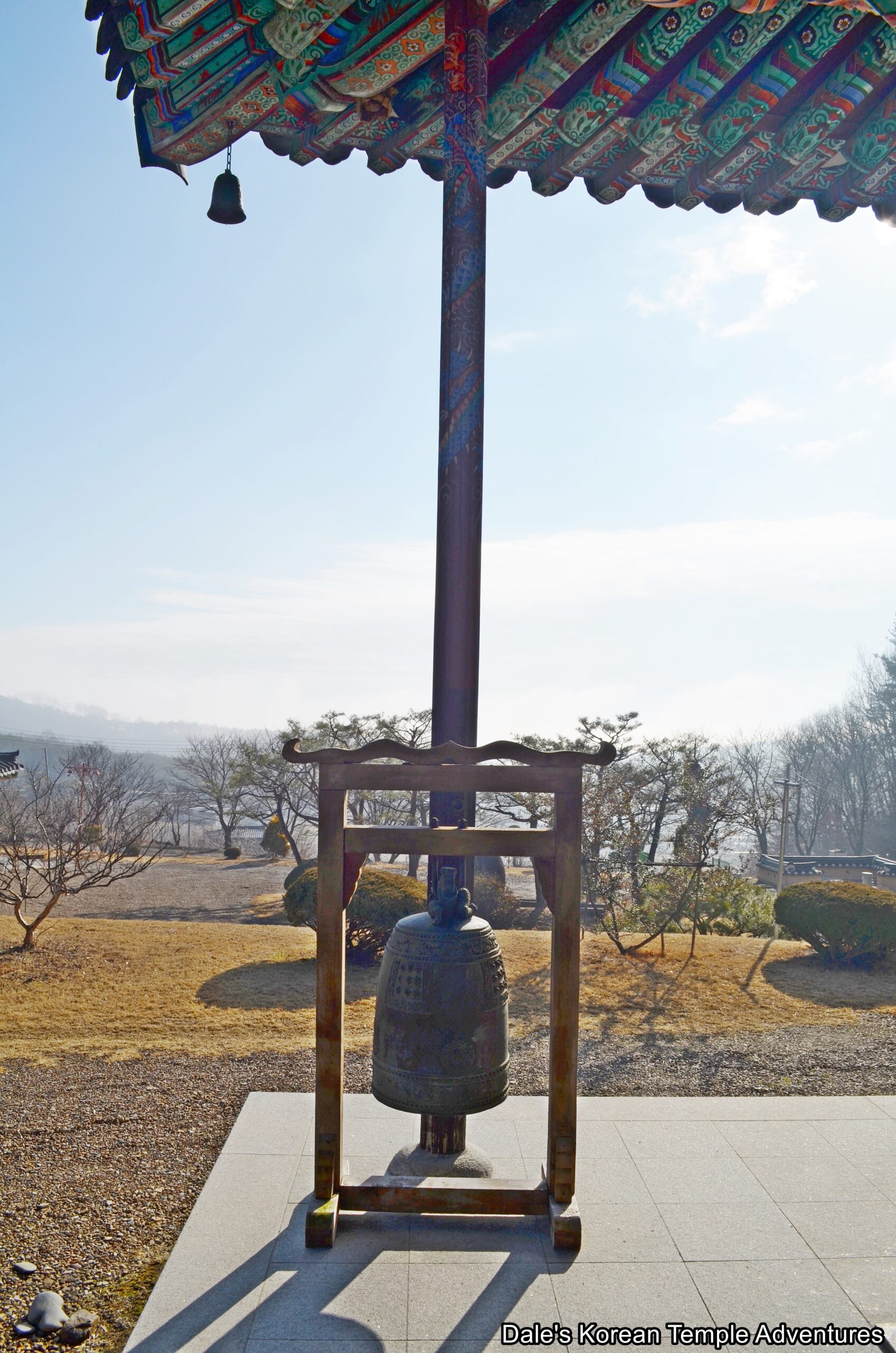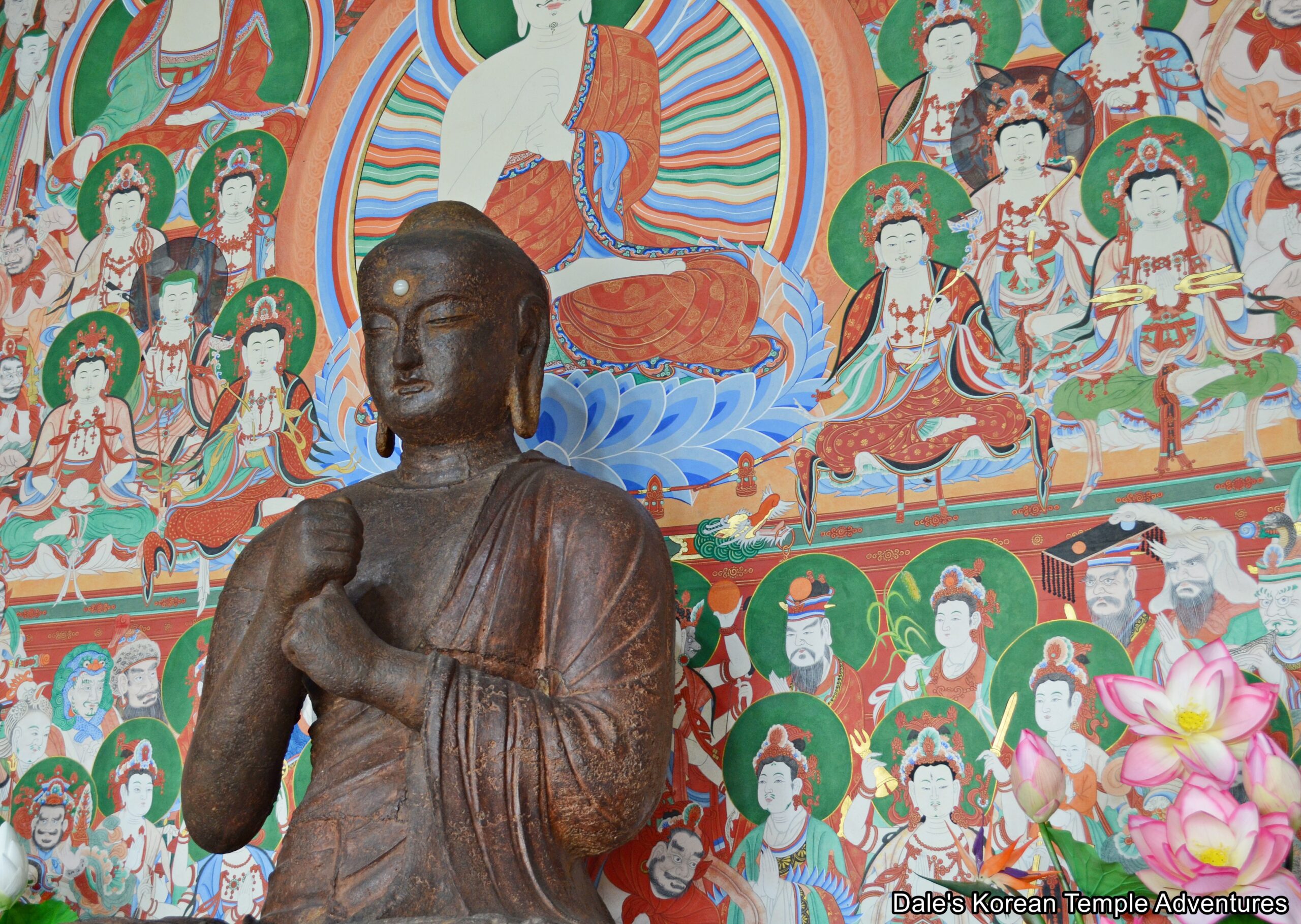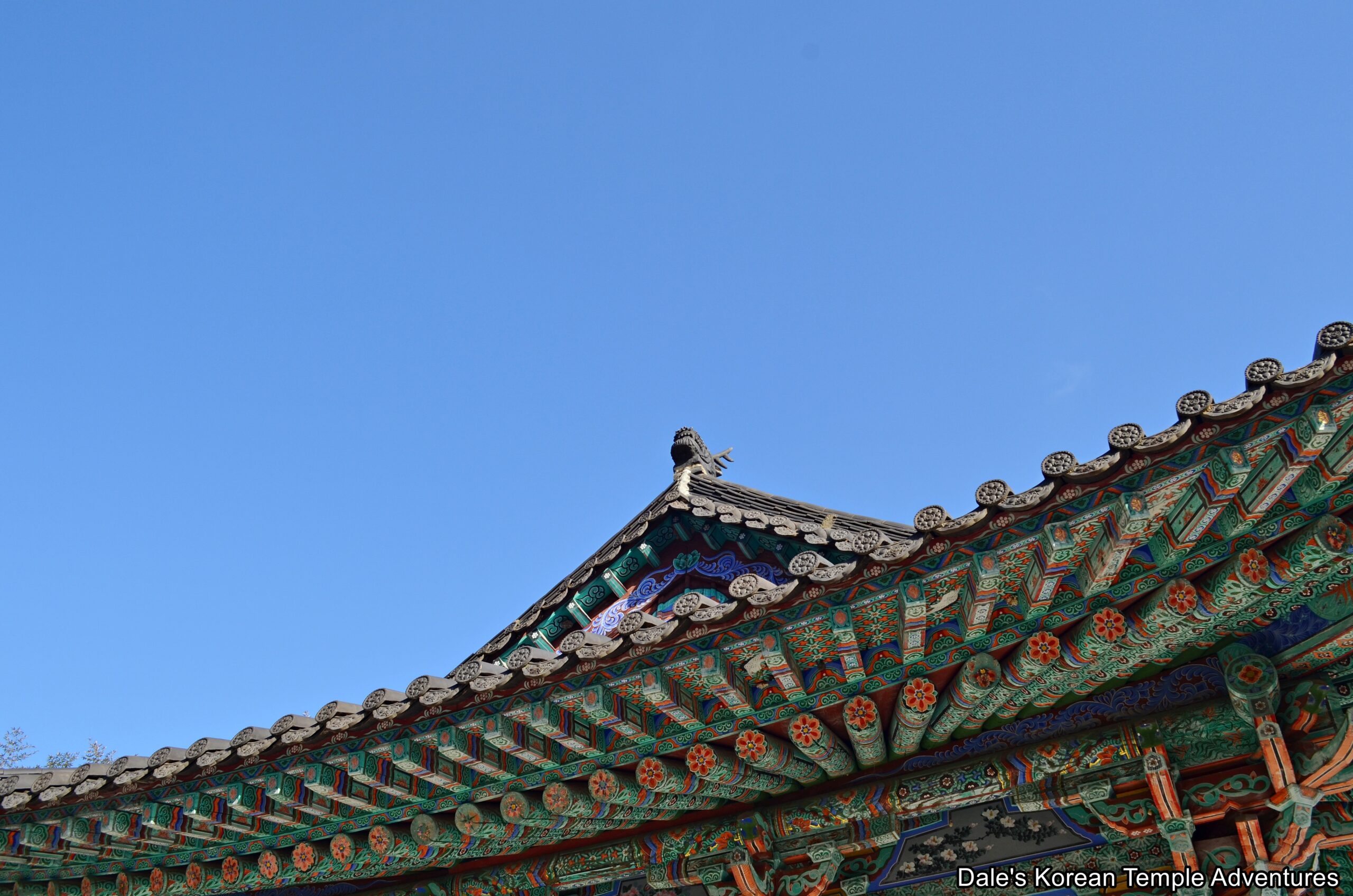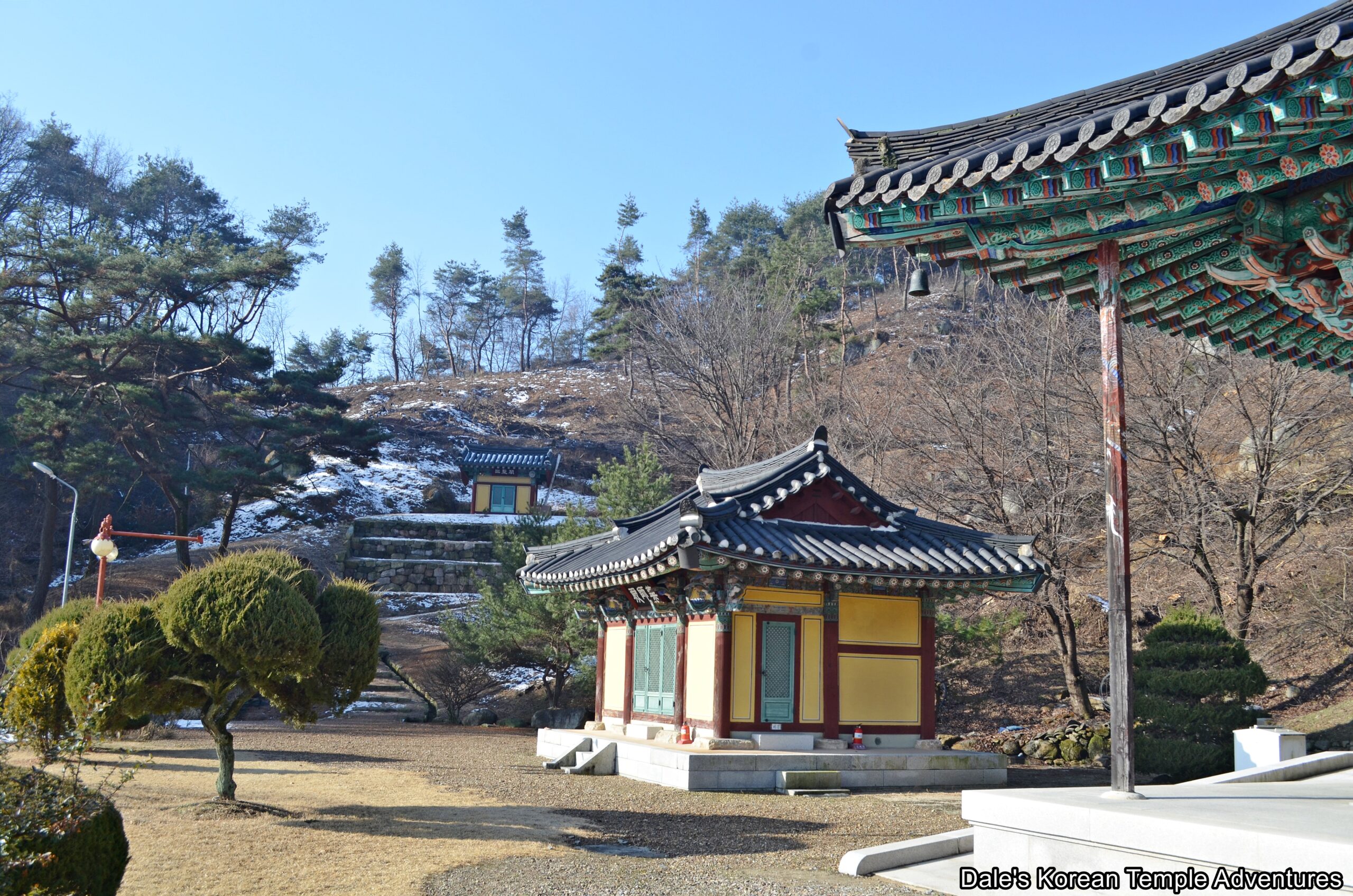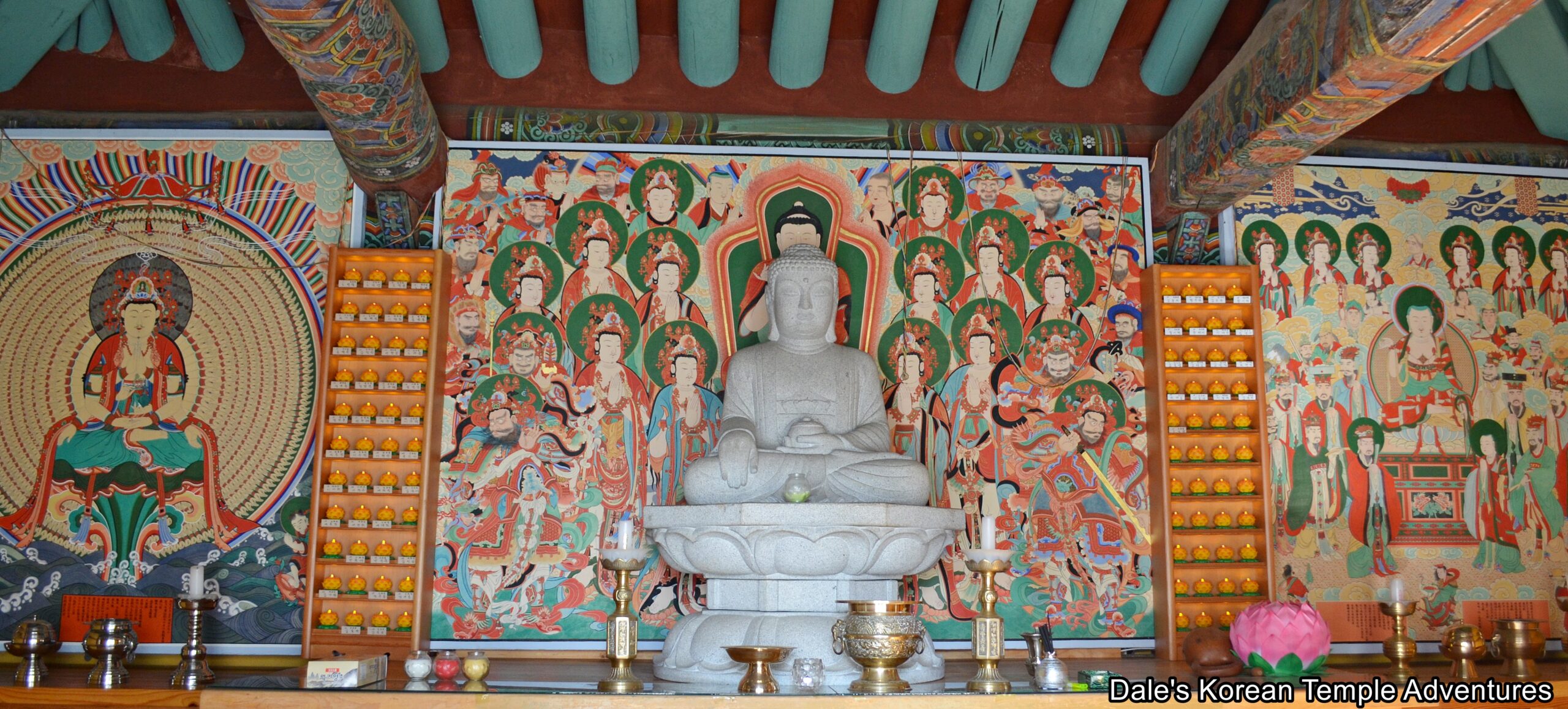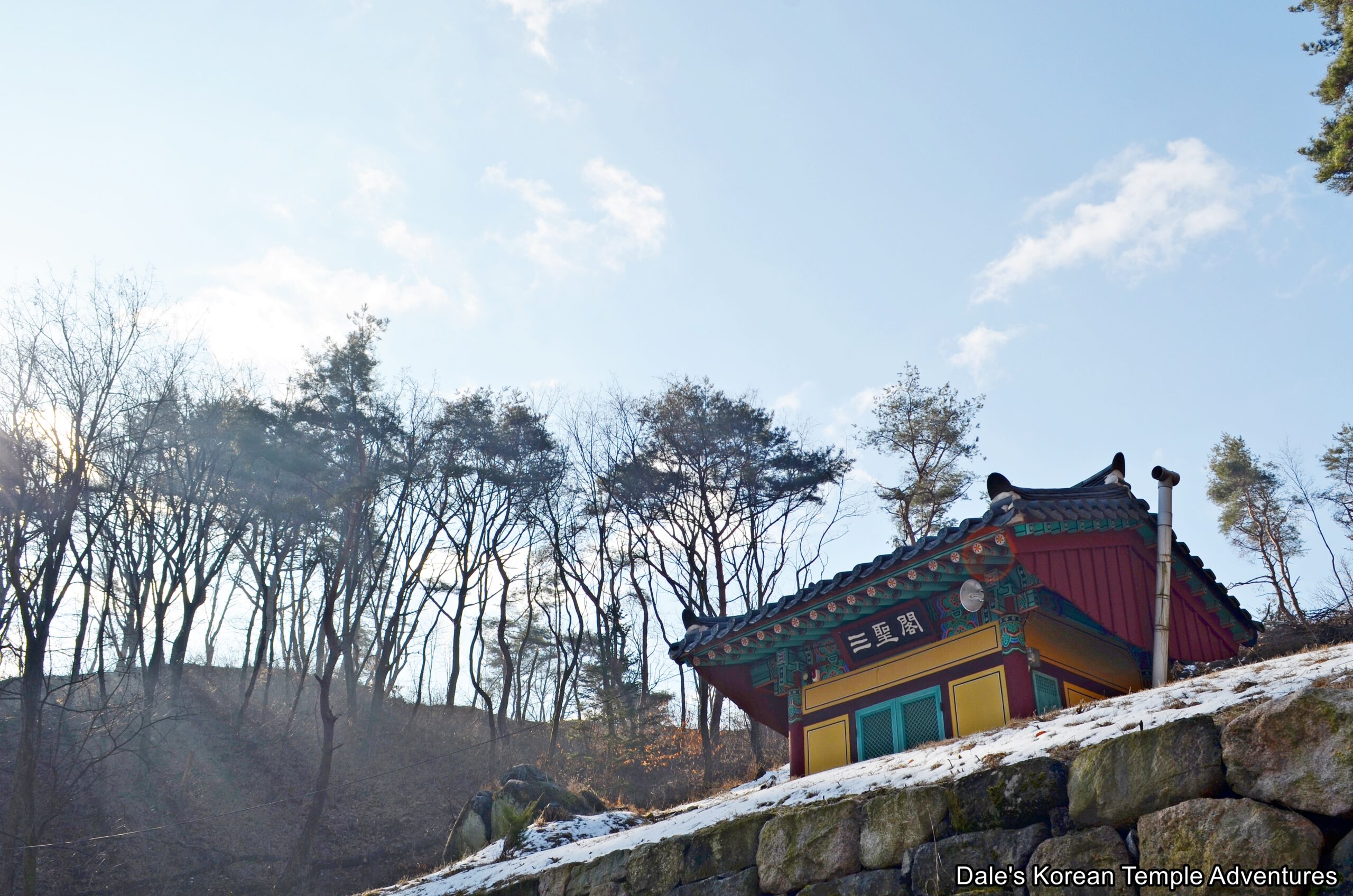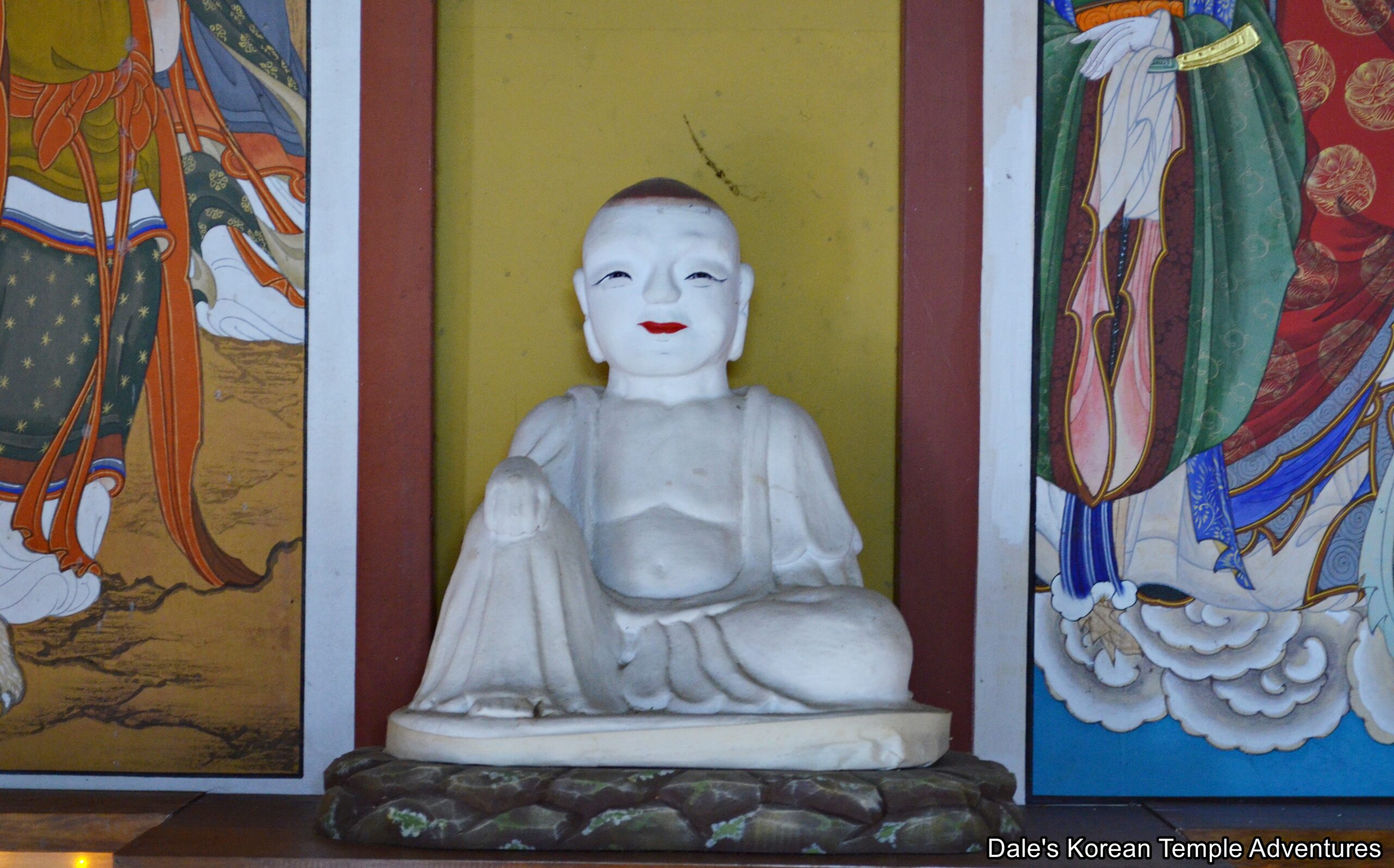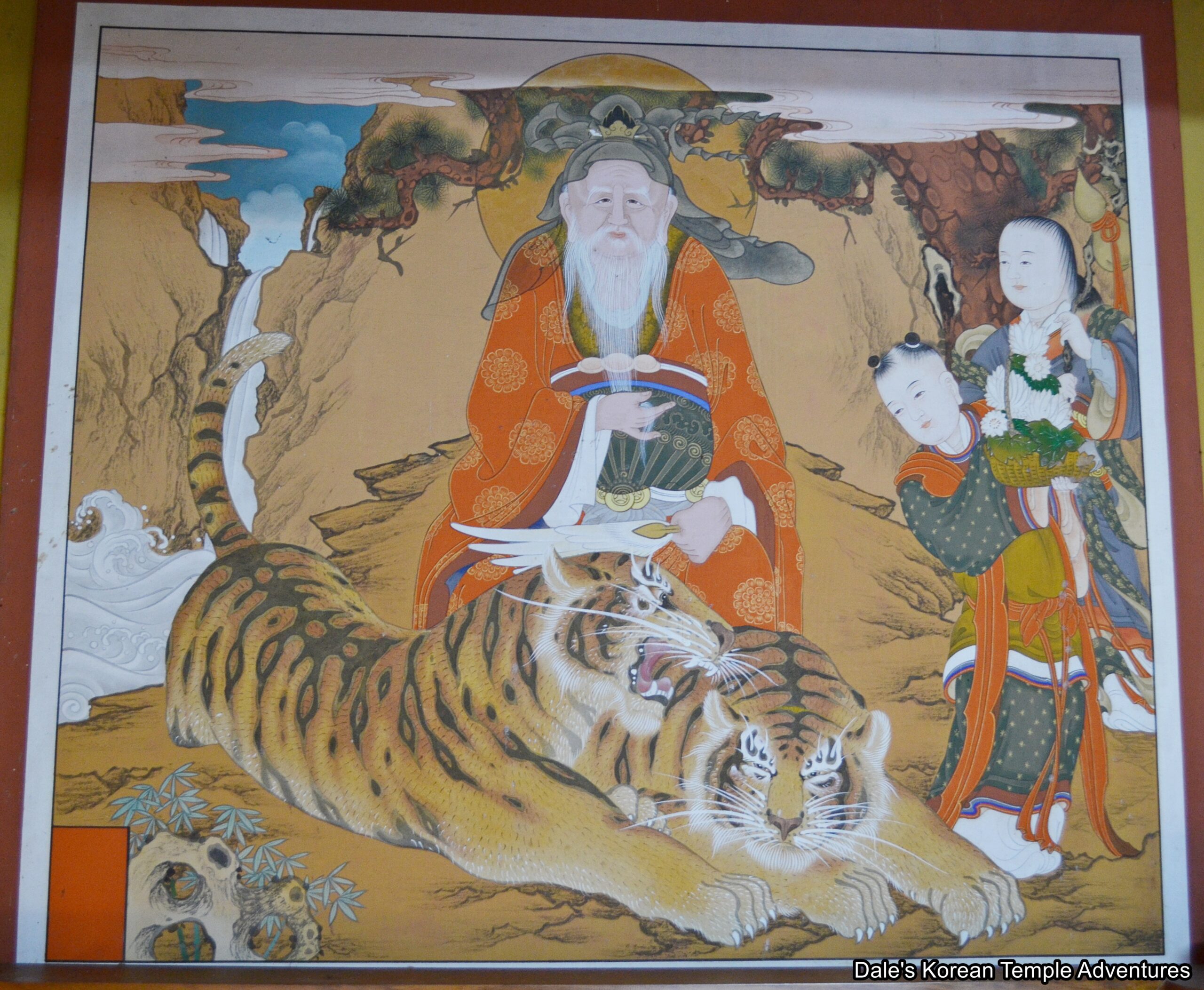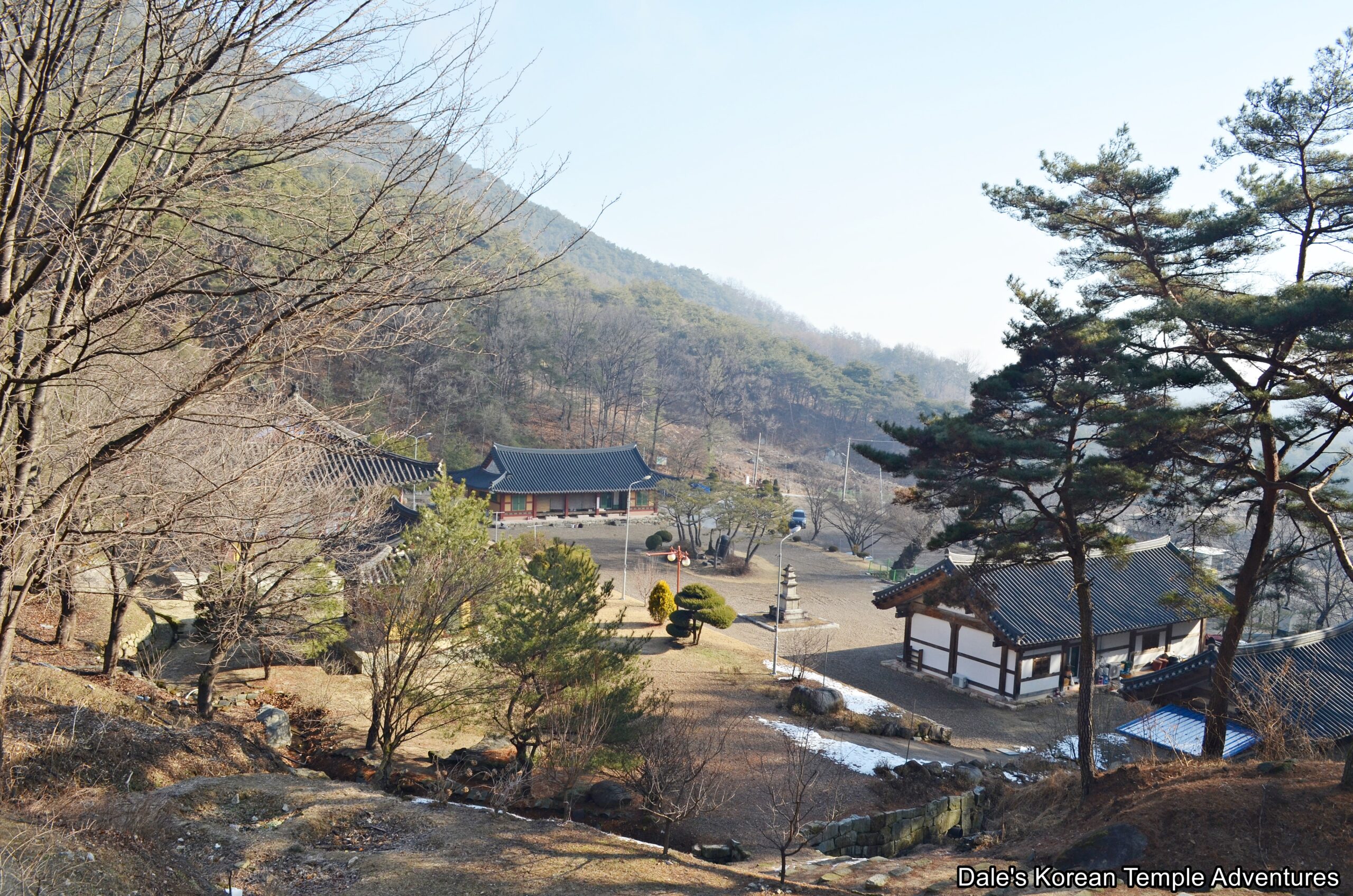Hancheonsa Temple – 한천사 (Yecheon, Gyeongsangbuk-do)
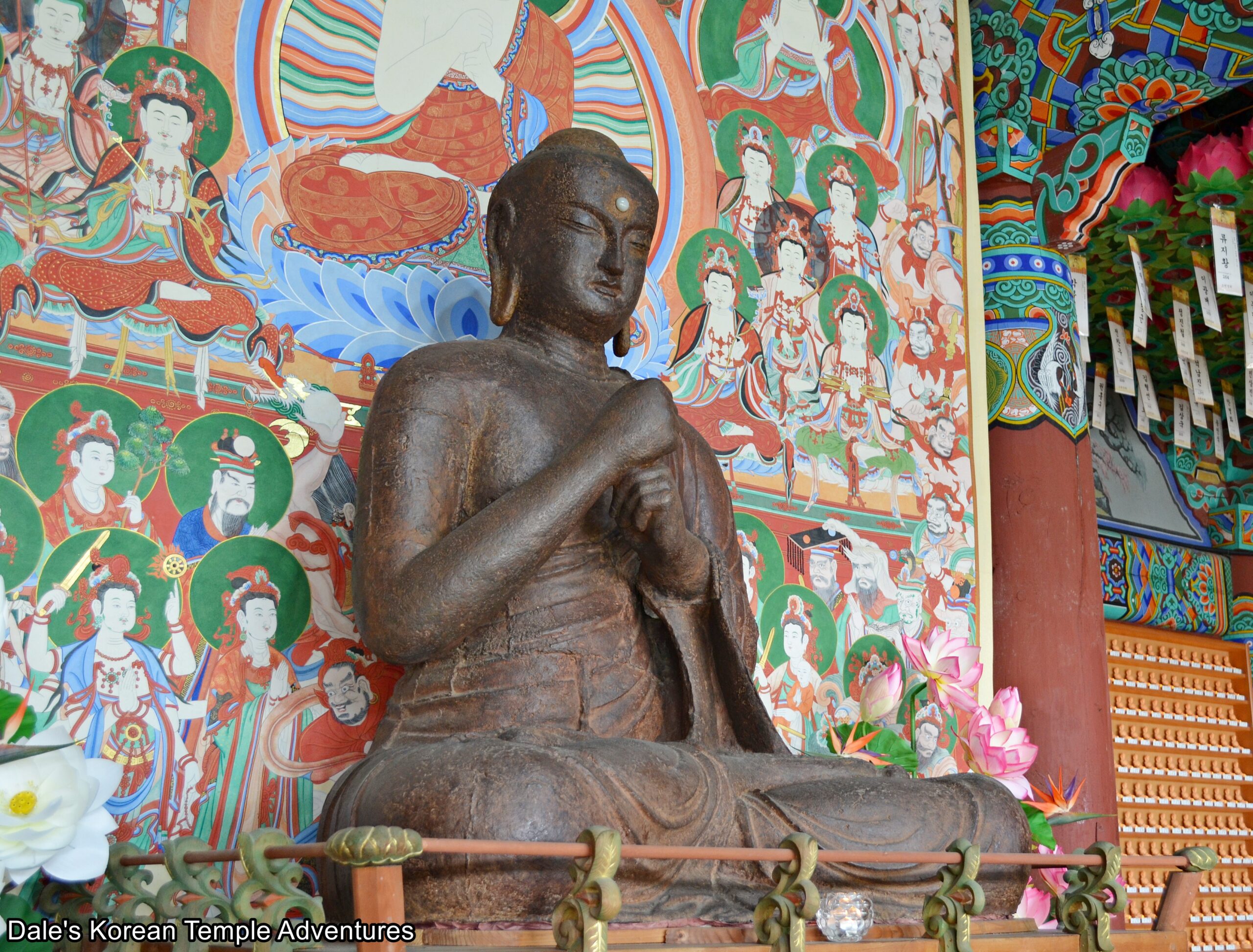
Temple History
Hancheonsa Temple is located in the southern foothills of Mt. Jumasan (516.1 m) in northern Yecheon, Gyeongsangbuk-do. The temple was first constructed by the monk Uisang-daesa (625-702 A.D.) in 678 A.D. Originally, the temple was called Handaesae Temple, but it was renamed Hancheonsa Temple in the 1900s.
According to a temple legend recorded in the “Handaesa Temple Chronicle” (1875), which details the history of the temple, the temple was built by Uisang-daesa. In 676 A.D., and after Uisang-daesa built Buseoksa Temple, the erected pillars used to support structures at the temple continued to fall over. Investigating, Uisang-daesa learned that Mt. Jumasan, which is the southern foot of Mt. Sobaeksan (1,439 m), was shaped like the head of a galloping horse. So in order to contain this challenging topography that was interfering with the well-being of Buseoksa Temple, Uisang-daesa decided to construct a temple on Mt. Jumasan. This temple would turn out to be Handaesae Temple (Hancheonsa Temple). Thanks to the construction of Handaesae Temple (Hancheonsa Temple), Buseoksa Temple no longer had any problems with its temple buildings.
Since the construction of Hancheonsa Temple, virtually nothing is known about the temple. It isn’t until 1803 that we learn about the reconstruction of the temple by the monk Geuncheon. Then a Seon Hall was built at the temple in 1808. In 1932, the temple was rebuilt. And it was expanded in 1934 by the monk Deokgi. However, the temple would be completely destroyed during the Korean War (1950-1953). The temple we see today was constructed after the Korean War.
In total, Hancheonsa Temple is home to two Korean Treasures. They are the “Iron Seated Vairocana Buddha of Hancheonsa Temple,” which is Korean Treasure #667; and the “Gilt-bronze Padlocks and Gong of Hancheonsa Temple,” which is Korean Treasure #1411 and is currently housed inside the temple museum at Jikjisa Temple.
Temple Layout
You first make your way up to the temple grounds up a long backroad. Eventually, you’ll come to the temple parking lot. Mounting the stone stairs, you’ll see an expansive main temple courtyard with trees and grass. To the right are the monks’ dorms and to the left is the administrative office at Hanseonsa Temple. Situated in the temple courtyard is the “Samcheung Seoktap at Hancheonsa Temple.” This three-story stone pagoda is typical of the design from the latter part of Unified Silla (668-935 A.D.). In total, the pagoda stands 3.6 metres in height. Only two parts of finial still remain intact. It’s believed that the pagoda was first erected at the same time that the “Iron Seated Vairocana Buddha of Hancheonsa Temple” was first enshrined at the temple.
Straight ahead, on the other hand, is the Daejeokgwang-jeon Hall. The exterior walls are adorned with beautiful, yet simplistic, Shimu-do (The Ox-Herding Murals). There’s also a smaller bronze ceremonial bell to the front right of the main hall. Stepping inside the Daejeokgwang-jeon Hall, you’ll find the stunning “Iron Seated Vairocana Buddha of Hancheonsa Temple” all alone on the main altar. This bronze image of Birojana-bul (The Buddha of Cosmic Energy) measures 1.53 metres in height. Unfortunately, both the mandorla that surrounds the iron Buddha is missing as is the pedestal that it once sat upon. Despite these two omissions, the “Iron Seated Vairocana Buddha of Hancheonsa Temple” is in excellent shape, especially when one considers that it dates back to the end of Unified Silla (668-935 A.D.). The statue has a long upper body with a flat narrow nose. As for its robe, the pleats are quite pronounced especially around the arms and knees. The “Iron Seated Vairocana Buddha of Hancheonsa Temple” is a wonderful example of the iron statues of the Buddha that were prevalent during this time period.
As for the rest of the interior of the Daejeokgwang-jeon Hall, and to the right of the main altar, you’ll find a black and gold Shinjung Taenghwa (Guardian Mural). And to the left of the Shinjung Taenghwa is a modern mural dedicated to Jijang-bosal (The Bodhisattva of the Afterlife), as well as another ceremonial bronze bell with a stunning dragon support with a turtle base. The rest of the interior is richly coloured in dancheong colours.
To the left of the Daejeokgwang-jeon Hall is the Yaksa-jeon Hall. This newly built shrine hall is plainly adorned in traditional dancheong colours. Stepping inside the diminutive shrine hall, you’ll find a stone statue dedicated to Yaksayeorae-bul (The Medicine Buddha, and the Buddha of the Eastern Paradise) on the main altar. To right is an intricate painting dedicated to Jijang-bosal, while to the left is a multi-armed and headed painting dedicated to Gwanseeum-bosal (The Bodhisattva of Compassion).
The final shrine hall that visitors can explore at Hancheonsa Temple is the hillside Samseong-gak Hall. Beautifully perched on a ridge, the Samseong-gak Hall looks down on the rest of the temple grounds from its elevated location. Stepping inside the Samseong-gak Hall, you’ll first notice a white statue between two paintings. This statue is dedicated to Dokseong (The Lonely Saint). To the left of this white statue of Dokseong is a painting dedicated to Sanshin (The Mountain Spirit). And to the right is a rather clunky mural dedicated to Chilseong (The Seven Stars).
How To Get There
From the Yecheon Intercity Bus Terminal, you should take the bus that says “Jeung-geo – 증거” on it. Keep in mind, however, that this bus comes infrequently. In total, you’ll need to take this bus for 26 stops, or 50 minutes, and get off at the Jeung-geo bus stop. From where the bus drops you off, you’ll need to head north for 12 minutes, or 850 metres, until you get to Hancheonsa Temple. In total, the entire trip from the Yecheon Intercity Bus Terminal should take about an hour.
Overall Rating: 6/10
Rather obviously, the main highlight to Hancheonsa Temple is the stunning “Iron Seated Vairocana Buddha of Hancheonsa Temple” that dates back to Unified Silla. Outside of this statue, other highlights include the three-story pagoda also from Unified Silla, as well as the mural inside the Samseong-gak Hall dedicated to Sanshin (The Mountain Spirit). Overall, the temple has a very relaxing feeling to it.
